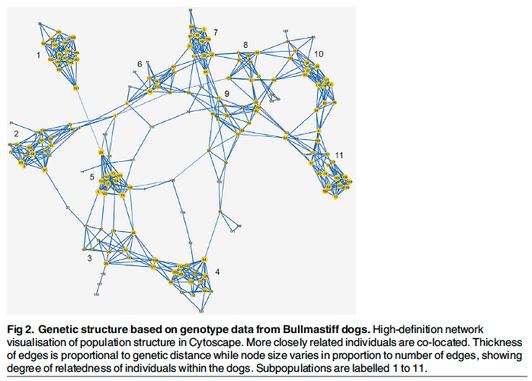Although many of these tools (and the jargon) will be unfamiliar to some breeders, I think this paper is a great place for the novice to dip their toes into the modern genetics of populations. You will find some basic courses about population genetic on the ICB website, and courses to help breeders understand and use the tools of molecular genetics are coming soon. The next five years or so is likely to see an explosion of breed studies similar to this one as breeders recognize the importance of genetic management at the breed level to the control of genetic disorders.
ICB's online courses
*******************
Coming up NEXT -
Basic Population Genetics for Dog Breeders
Class starts 4 April 2016
Sign up now!
***************************************
Visit our Facebook Groups
ICB Institute of Canine Biology
...the latest canine news and research
ICB Breeding for the Future
...the science of dog breeding


